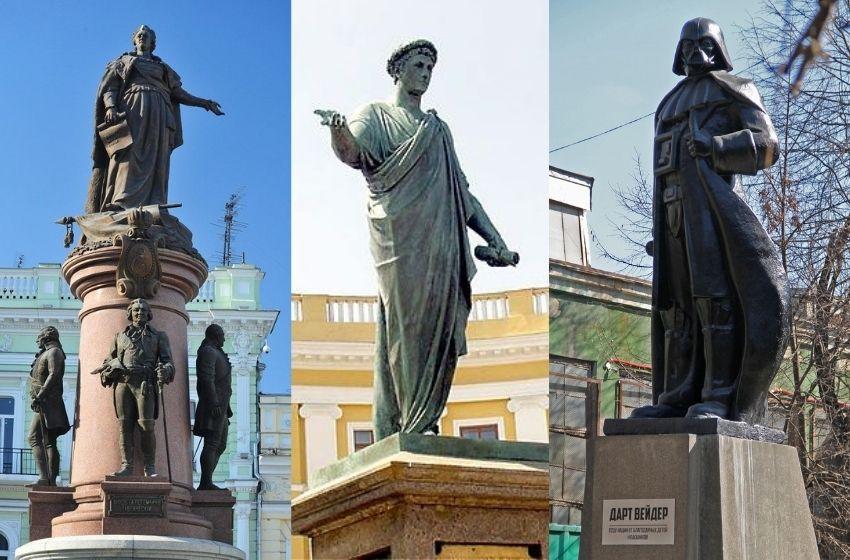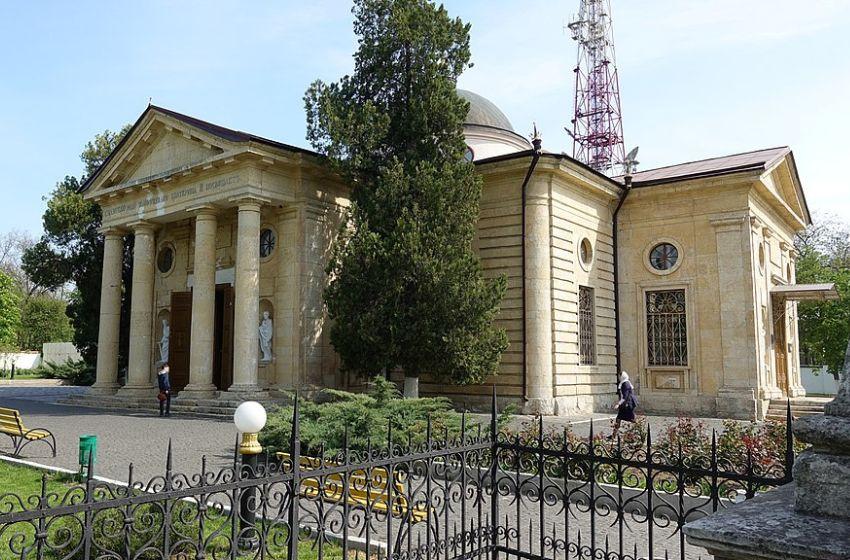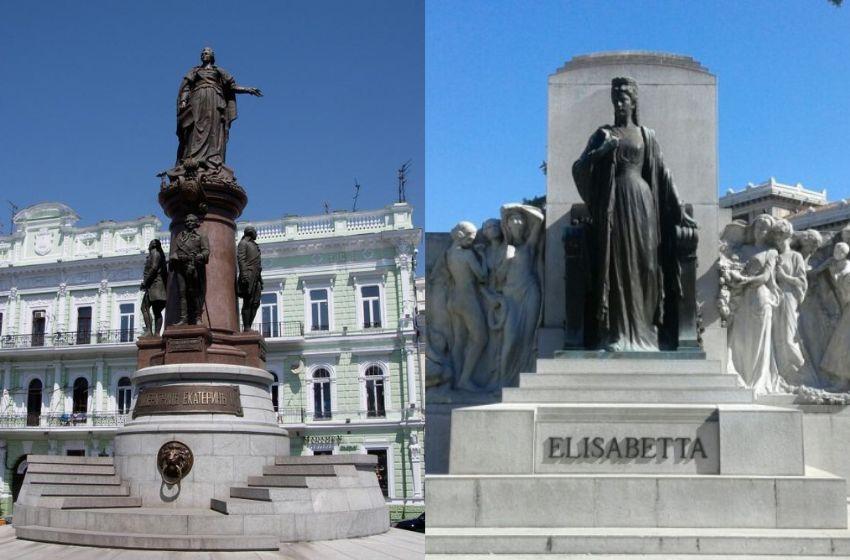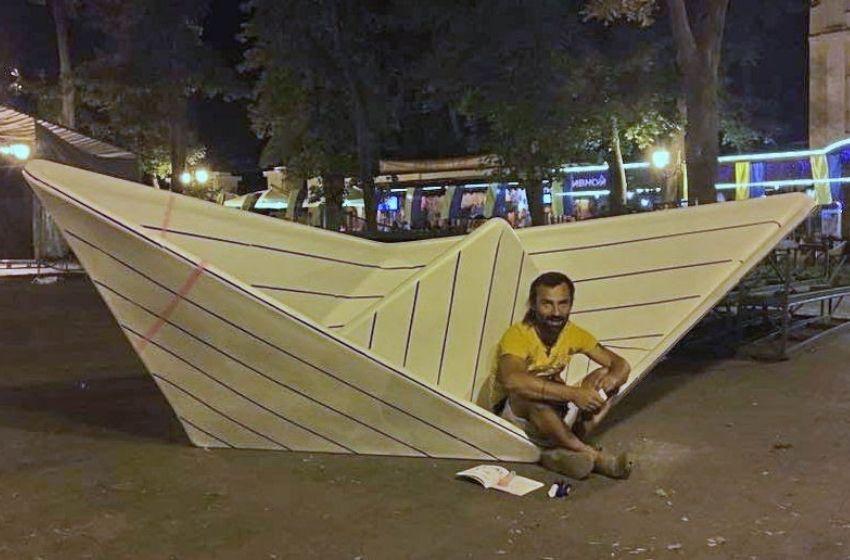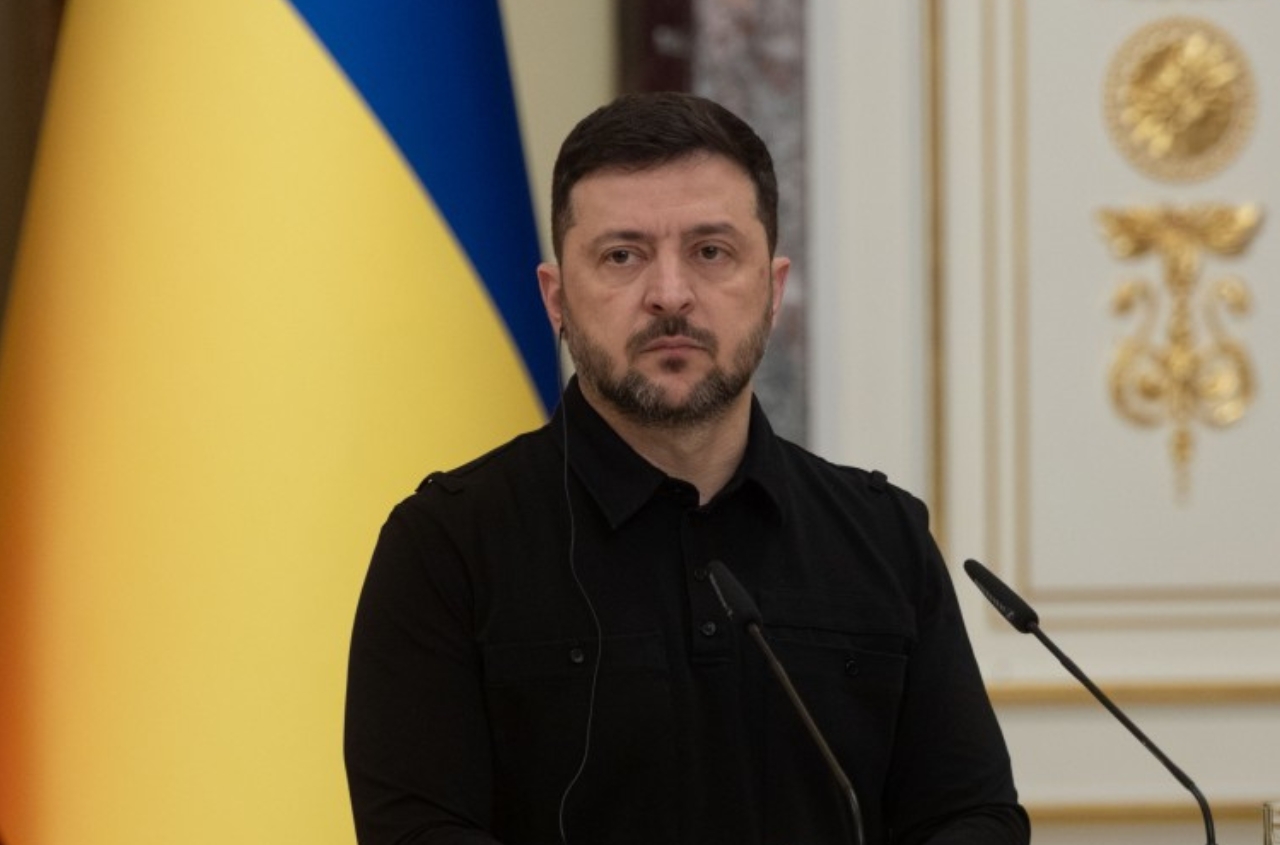A cultural journey from the foundation of Odessa, through Soviet Union, to current times, with the voice of city’s writers, architects and artists. An essay by Alyona Synenko, passionate Odessite.
Before the revolution, only four monuments dwelled there: Duke Richelieu, Vorontsov, Pushkin and Catherine the Second. Then their number further decreased because the bronze empress was overthrown. Her loose body parts, the head, the skirts and the bosom, still lay around in the basement of the Archaeological Museum, disturbing the museum's rare visitors by their voluptuous curves.
Ilya Ilf, Soviet humourist
In his 1929 essay "A trip to Odessa", Ilf pictures his native Odessa, the city that flourished with the rise of the brisk maritime commerce, at the time when it struggles to reinvent its identity to fit the new Soviet era, with its collective farms and state factories.

Ilf's Odessa is inhabited by respectable-looking bankers in worn-out jackets and yellowing white vests, the wreckage of once-famous names in the financial world. They share the street with a noisy procession of ancient Romans, the extras in the film shoot of the local Film Studio. Cinema, as the newest art form, was regarded very highly by the young Soviet State. The atmosphere in the city transitioning between the two worlds is that of a run-down circus, where absurdity and humour dissolve in sadness and nostalgia.
Odessa has a little more than 200 years of history, yet every change of political regime and ideology left the trace on the face of the beautiful city. The result is a quirky mix of architectural styles and layers of time markers, that can tell many stories if you are careful enough to look up and read between the lines.
Founded by the Russian Empress Catherine the Great in 1794, Odessa grew and prospered to became the glittering cosmopolitan third capital of the Russian Empire. The economic boom created by its Porto Franco privileges (all imports and exports were tax-free) attracted merchants and adventurers from all over the world. Greek, Jewish, Italian, Polish, German and dozens of other nationalities mixed in the city's streets creating a loud, colourful palette under the blazing southern sun. Each group brought their language, cuisine and aesthetics.
Wealthy merchants seeking to reaffirm their high social status commissioned expensively beautiful or strikingly kitsch buildings. The 19th century offered a variety of styles and inspirations, and Odessa architects took full advantage of them. Strict classicism, gothic verticals, Mauritanian lace, Florentine renaissance, whimsy baroque and art nouveau coexist side by side, creating Odessa's signature mix.

After the Soviet revolution, the wealthy merchants were replaced by the impoverished peasants moving into the city to fulfil the new country's aspirations towards modernity. The Soviet Union was going through the industrialisation with the dazzling speed, and massive rural exodus caused a major accommodation crisis. Luxurious apartments, whose owners fled the Soviet regime, were transformed into so-called "community flats" or "comunalkas", shared by numerous families. "Comunalkas" were followed by "Kruschyovkas" unassuming blocks of tiny apartments built hastily during the Kruschyov period. "Krushchyovkas" spread mostly on the periphery, but a few appeared in the historic city centre adding to its whimsical mix of architectural styles.
The fall of Soviet Union
The fall of the Soviet Union and the avid consumerism that took over after seventy years of the communist rule transformed Odessa in its own way, as its people dropped Soviet ideology and became preoccupied with cars and TVs and the demonstration of the newly acquired wealth. The city filled with screaming advertising, tacky nightclubs and commercial centres, looking awkward against the backdrop of the dilapidated public infrastructure and the collapsing architectural landmarks. The most striking symbol of the time is probably Arkadia, a once lavishly green beach resort, turned into a kitsch centre of cheap entertainment surrounded by tasteless skyscrapers. Their names always contain words "palace", "plaza" or "garden" and their publicity slogans promise a life of "exclusivity" and "luxury" to the prospective residents.
Wandering through the historical centre of Odessa today is an experience resembling a treasure hunt. Looking up past the flashy shop signs, the cobwebs of loose cables and plastic balconies you discover Greek caryatides, Roman legionaries, art nouveau flowers and animals and Soviet stars, sharing the space of the same street. Inside the buildings, elegant staircases, stucco mouldings, expensive marble and mural paintings show through multiple layers of peeling soviet paint. "Ironically, in many cases, this cheap paint helped preserve the original patterns that could have been lost otherwise," says Alexandr Levitsky, the manager and one of the photographers of the project "Architecture of Odessa".
Odessa city centre is laden with weathered beauty and poetry of decay. The city's scars visualise the passage of time and collapse of empires and regimes that once thought themselves invincible. But the situation has become urgent, as over the widespread neglect and corruption the city is losing its unique architectural monuments with the frightening speed.

Alexandr Levitsky and Dmitry Shamatazhy, young Odessa photographers, started working together in 2008 to create a project "Courtyards and Cats of Odessa," the city takes enormous pride in both. The "cat" project grew and developed giving birth to the "Architecture of Odessa," a private initiative, documenting disappearing architectural landmarks. Alexandr and Dmitry spend long hours in library archives and in the streets documenting the city and its architectural landmarks. They hope their rich materials will serve to reconstruct what is being lost.
In the beginning, the project founders supported the initiative with their own money and occasional private donations. Several years ago, they started organising "architectural walks" to raise funds and help their fellow odessites discover the hidden gems of the familiar city.
We hope that people living here understand what a special place it is. That they will care more about their cultural heritage,
Said Dmitriy, an admirer of Charles Baudelaire with an encyclopaedic knowledge of the story behind Odessa's every building.
Cultural identity and heritage can be a thorny and controversial subject in present-day Ukraine tormented by linguistic and political divides. Preserving the unique beauty of Odessa streets, however, appears to be a cause that does not leave indifferent people on all sides of the political spectrum. The "architectural walks" have been a success, attracting tourists and locals of different ages and backgrounds. The Instagram hash-tag #archodessa has generated almost nineteen thousand posts: all of them together draw a beautiful and delicate portrait of a city unexplored by the usual tourists' routes.
In 2007, Catherine the Great statue returned to its original place in the middle of the square, recognised as the best in Europe in Paris World Fair in 1901. Despite its solid appearance, the position of the empress remains somewhat shaky in the wave of the mounting Ukrainian nationalism. In 2019, the Supreme Court declined the petition to remove the monument. This time the city's Lenin statues had to go following Ukraine's "de-communisation law". Only one of the Lenin’s managed to survive after it was successfully converted into Darth Vader by Odessa artist Alexandr Milov.
Just like one hundred years ago, Odessa is struggling to define its identity amid political and ideological turmoils. Second World War veterans, their faded medals the vestige of the world long gone, look out of place in the streets inundated by tacky night clubs and garish advertising. It is still the same absurdity and humour and sadness and nostalgia so beautifully described by Odessa writer Ilya Ilf.










